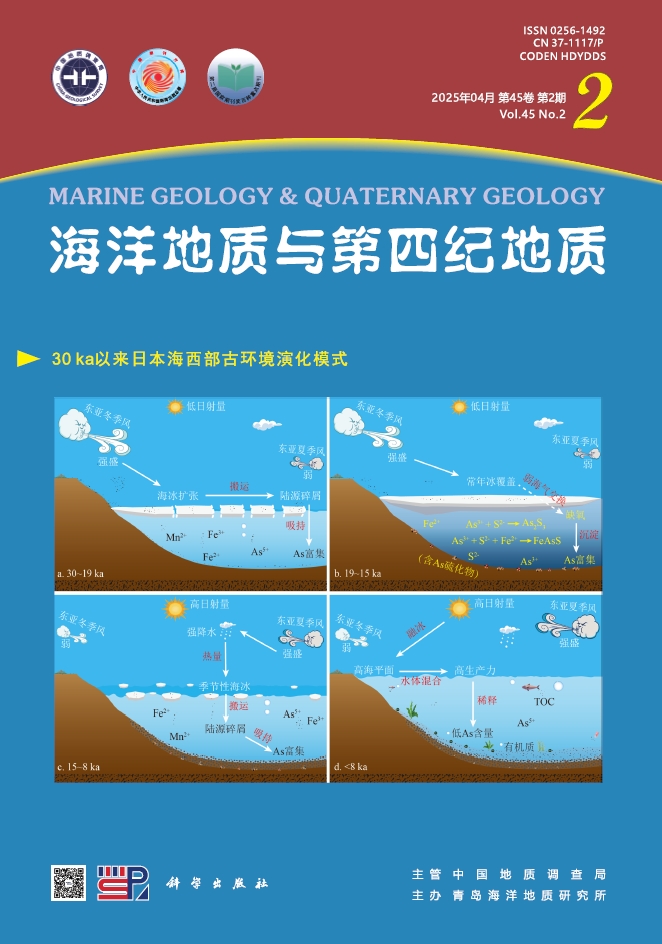DONG Dong-dong, WU Shi-guo, SUN Yun-bao, WANG Xiu-juan. ANALYSIS OF FLUID POTENTIAL IN THE QIONGDONGNAN BASIN AND ITS IMPLICATION TO GAS HYDRATE FORMATION[J]. Marine Geology & Quaternary Geology, 2008, 28(5): 93-100.
| Citation: |
DONG Dong-dong, WU Shi-guo, SUN Yun-bao, WANG Xiu-juan. ANALYSIS OF FLUID POTENTIAL IN THE QIONGDONGNAN BASIN AND ITS IMPLICATION TO GAS HYDRATE FORMATION[J]. Marine Geology & Quaternary Geology, 2008, 28(5): 93-100.
|
ANALYSIS OF FLUID POTENTIAL IN THE QIONGDONGNAN BASIN AND ITS IMPLICATION TO GAS HYDRATE FORMATION
-
1 Key Laboratory of Marine Geology & Environment, Institute of Oceanology, CAS, Qingdao 266071, China;
-
2 College of Geo resource Information, China University of Petroleum, Qingdao 266555, China;
-
3 Graduate School, Chinese Academy of Sciences, Beijng 100049, China
-
Abstract
In view of short of drilling wells in the deepwater area of Qiongdongnan Basin (QDNB), a set of calculating methods for the fluid potential are established on the basis of accessible stack velocity and applied to the QDNB for the case study about the subsurface fluid (gas) migration. Faults and diapir develop widely and influence the distribution of gas hydrate. BSRs' development zones are consistent with the con-vergence belt of potential field strength. Gas hydrate can be classified into two types according to gas origins, which are deeper thermogenic and shallower biogenic. Most of the faults correspond to relatively low potential area, showing their open feature. These faults can serve as pathways for upward gas migration and thermogenic gas hydrate may be formed above them. The diapirs that developed near the structural uplift generally have relatively high potential and field strength directed outside. These diapirs bring lots of gas upward and provide an abundant gas source for the formation of gas hydrate.
-

-
-
Access History







 DownLoad:
DownLoad: